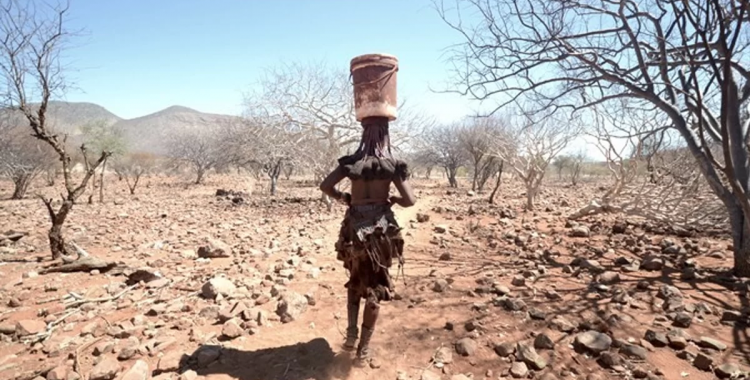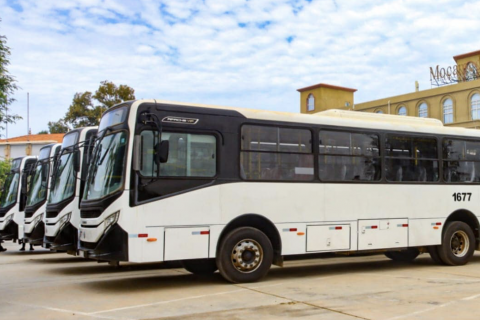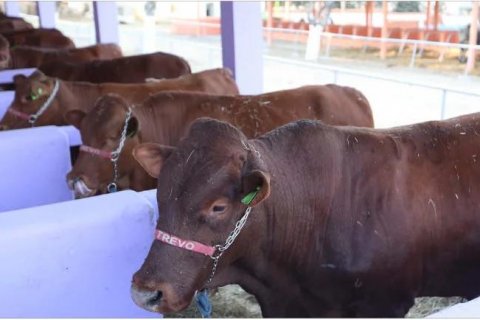“In drought-affected southern and eastern Angola, the lean season began early in September, and it is likely that many families exhausted their food reserves atypically early and became dependent on the market for food in a context of poor prices. high”, indicates the September report from the Hunger Early Warning Systems Network (FEWS NET), which analyzes food insecurity in dozens of countries, which Lusa consulted.
The document points out that due to these factors, there are regions where the IPC index, which classifies the severity and magnitude of food insecurity and malnutrition, is already 3 (crisis), which means that there are families that do not have enough food and have high levels of malnutrition, while others are forced to sell goods that support their livelihoods to obtain an even limited diet.
These effects, which should be felt by January 2025, affect poor families in the provinces of Cunene, Cuando Cubango, Moxico, Huíla and parts of the provinces of Benguela and Namibe, who depend on food assistance and are forced to sell agricultural products to buy food.
“Households in these areas have faced multiple droughts that are decreasing livelihoods and their ability to cope with current shocks,” the report says.
In addition to reports of famine in drought-affected areas, FEWS expresses concern about the negative impact of high food prices on access for poorer households in rural and urban areas, which are likely to be classified as CPI2 (Stress), estimating - an IPC 1 classification in the rest of the country due to an average harvest and second season production.
FEWS notes that although the pace of inflation has slowed, staple food prices continue to rise and remain high, and may rise further due to recent currency depreciation.
“Monthly food inflation has been declining since February, with annual inflation decreasing in August (to 30.5 percent) for the first time since April 2023. However, Angola's dependence on imported food, combined with the recent The depreciation of the Angolan kwanza against the dollar is also having an impact on food prices”, highlights the report.
According to FEWS, monitoring models show very low soil moisture in much of Angola in August, which will only decrease slightly in September, with an “atypically slow” recovery.
Furthermore, some farmers also do not have corn seeds to plant and fertilizer imports are still pending.
FEWS notes, however, that some households' purchasing capacity is likely to improve due to significant minimum wage increases, which took effect on September 15 and are intended to offset inflation as wages have been increased. between 45 and 100 percent.
“Some drought-related humanitarian aid is currently being channeled to two municipalities in Huíla and two in Cunene, but the scope of extended humanitarian food aid in the coming months remains uncertain,” the report concludes.







